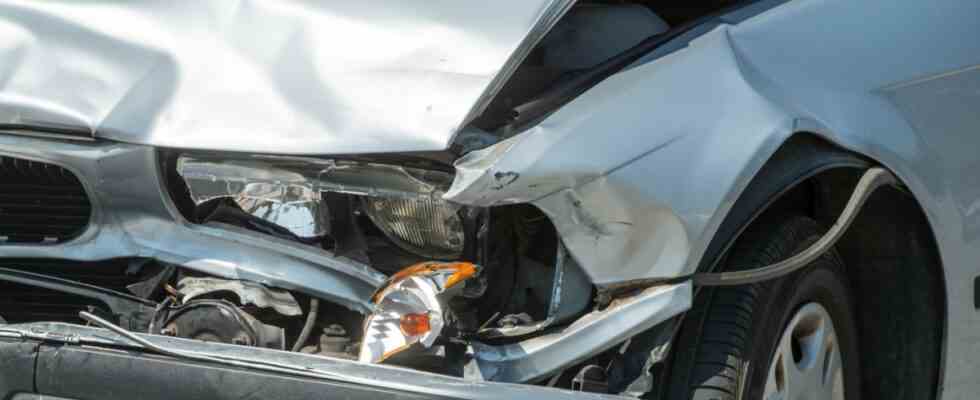On an average car journey in Germany, drivers drive their vehicle over 14 kilometers and reach an average speed of 49 kilometers per hour. The largest car insurer Huk-Coburg measured this in its telematics tariffs.
Customers with a telematics tariff may now be driving more slowly than drivers who are speeding along the autobahn at 200 kilometers per hour. Nevertheless, the data shows that both the length of the journeys and the speed are moderate on average.
Around 450,000 of the cars insured in Coburg currently have a small sensor on the windshield that records acceleration, speed and position and sends it to the insurer using a cell phone. From April, the sensor will also report accidents. Good drivers get discounts. In total, the HUK system has evaluated 528 million journeys with 7.4 billion kilometers and 4.7 trillion acceleration points in recent years.
In the future, the Coburg company also wants to offer policies under third-party brands
For Huk-Coburg, the data is of the utmost importance in understanding where damage is coming from and how it could be avoided. The market leader, which increased by 430,000 to 13.4 million insured vehicles in 2021, has long since left Allianz behind. The largest German insurer stagnated in the core segment of motor vehicle insurance in 2021 at 8.7 million units.
Digital innovations are the decisive lever for the Coburg company. They came onto the market with their own insurer for online deals years before Allianz. Now CEO Klaus-Jürgen Heitmann wants to conquer other business areas with digital means. With the Saarland start-up Neodigital, he is currently founding a new car insurer that will also offer policies under the third-party brand in the future.
If an insurer no longer wants to run the complex and costly car insurance business itself, it can leave that to the joint venture between Neodigital and Huk-Coburg – but stick its own brand on it and collect a commission. It doesn’t have to stay with insurers: “If Tchibo says I want to offer car insurance through my branches, that would also be conceivable in principle,” says Heitmann.
In the meantime, the Coburg company has also entered the used car business and is offering car subscriptions. Customers can also use the insurer to book workshop services that have nothing to do with an accident at a lower price. Huk-Coburg is even building its own digital platform for such services together with its rivals HDI and LVM: Onpier is intended to bring together insurers, other interested parties and service providers. Then even a small provider without its own workshop network can offer its customers a cheap tire change, for example.
Heitmann is always concerned with establishing as many contact points as possible with its customers. He fears that car manufacturers, who are also active in motor vehicle insurance, or other groups from outside the industry could take customers away from insurers.
2021 went well for society, even if the average premiums for the market leader fell by around three percent. The trend is likely to be similar for many companies, at least the prices are stagnating. One reason: In 2020 and 2021 Corona ensured that less was driven and therefore there were not so many accidents.
In 2022 it could be different again, warns Heitmann. In addition, there are possible burdens from capital market turbulence, which insurers are facing as a result of the Ukraine war. “Then the pressure increases,” says Heitmann. This could lead to price increases again in 2023.

